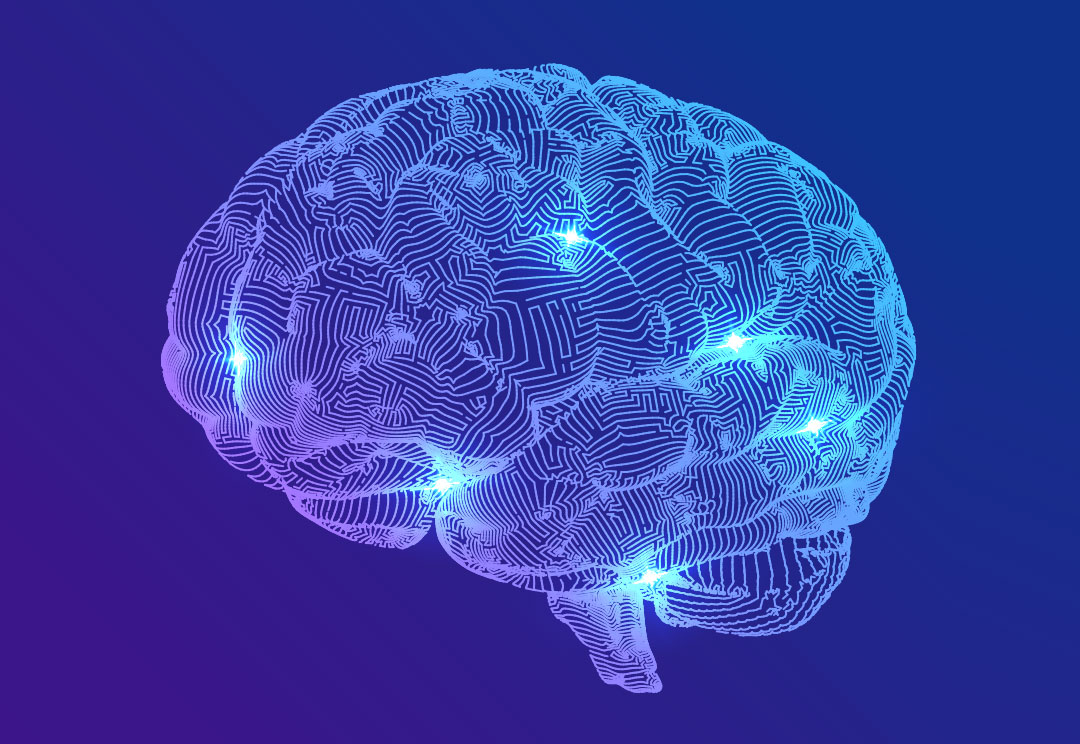
eLearning Glossary
Here is a list of the most frequently used words in the instructional design and digital learning world.
Adult Learners
Learners above school age.
Asynchronous Learning
Learning that does not take place at the same time and place for all learning (such as eLearns and pre-recorded webinars).
Authoring Tool
Software the enables users to create learning content (lessons, courses, media, tools and interactions).
Blended Learning
Learning delivered as a blend of some/all of the following modes: in-person, virtual, live, on-demand and self-paced.
Digital Learning
Learning through the use of digital tools.
HTML5
Hypertext Markup Language revision 5 (HTML5). The markup language for the presentation and the structure of World Wide Web content.
In-person Learning
Learning delivered face-to-face, live, where learners and instructors are in the same room.
Instructor-centred Design
A learning design approach which builds learning against the idea that all learners are unfamiliar with the learning content, as such, the instructor must impart all learning knowledge.
Learner-centred Design
A learning design approach which puts learners at the centre of their own learning. Allows learners to bring their own ideas, experiences and knowledge to the learning.
Learning Objectives
Specific topics and activities that will support the achievement of the learning outcome/s.
Learning Outcomes
Specific and measurable knowledge, skills, and behaviours the learner will gain after completing the learning.
Learning Strategy
Overaching direction detailing the learning outcomes and objectives and how these will be addressed through learning mode, topics, duration and target audience.
Live Learning
Learing which is available at a specified time (compared to on-demand learning which is available at anytime).
LMS
Learning Management System. Software that provides a framework for housing, tracking and delivering learning content.
Mockup
A prototype showing what the end product will look like.
Module
A component of a learning program or course.
Neuro-diversity
We all have different abilities – the way we think is influenced by a range of things: how our brains are wired and the life experiences that have shaped us. Neurodiversity refers to neurological differences. Some differences in neurodiversity can include: Dyspraxia Dyslexia Attention Deficit Hyperactivity Disorder (ADHD) Dyscalculia Autistic Spectrum Tourette Syndrome
Neuro-science
Sciences which explore the nervous system and the brain (such as psychology and neurochemistry).
On-demand Learning
Learning which is available at anytime the learner wishes to access it (compared to live-learning which is only available at specific times).
Online Learning
Learning in a virtual setting.
Online workshop
An interactive learning session delivered virtually (usually through videoconferencing software such as Zoom, MS Teams etc.).
Post-work
Learning actions and application for the learner to complete after attending/completing a learning workshop or module.
Pre-work
Learning actions for the learner to complete prior to attending or commencing a learning workshop or module.
SCORM
Shareable Content Object Reference Model. The technical standards for eLearning products. SCORM informs learning designers how to write code, to allow integration with other software.
Self-paced learning
Learning that can be completed by the learner at their own pace.
Storyboard
A design document used to outline and phase out learning content, visuals, interactions, media and navigation for eLearning modules.
Synchronous Learning
Learning which takes place at the same time for all learners.
Webinar
An informational seminar delivered virtually (usually through videoconferencing software such as Zoom or MS Teams).
Workshop
An instructor-led learning session.
xAPI
Experience API (xAPI). Learning technology that collects data about an individual’s experiences. This technology learns from interactions with other people and with content.









